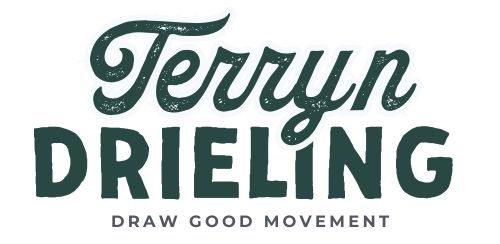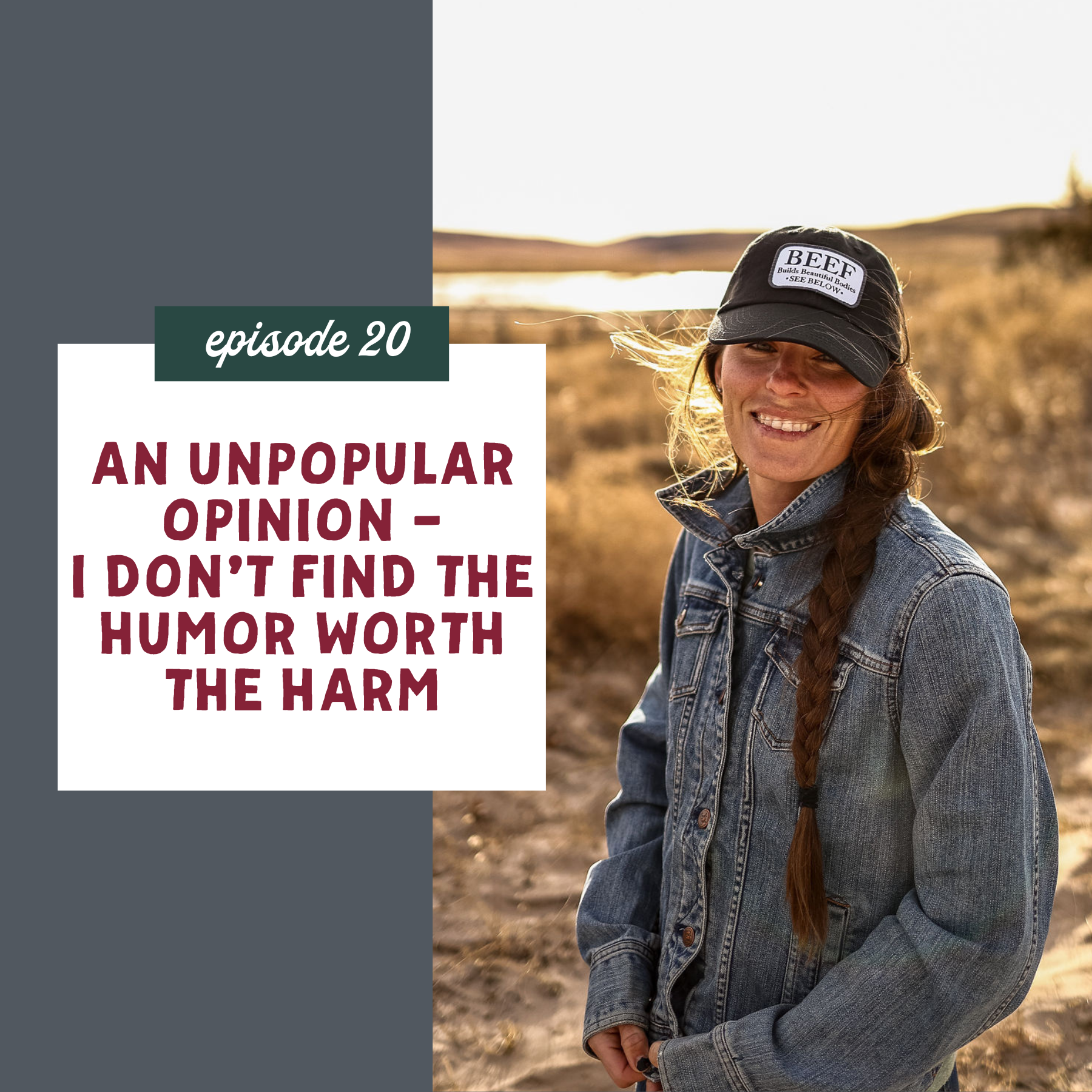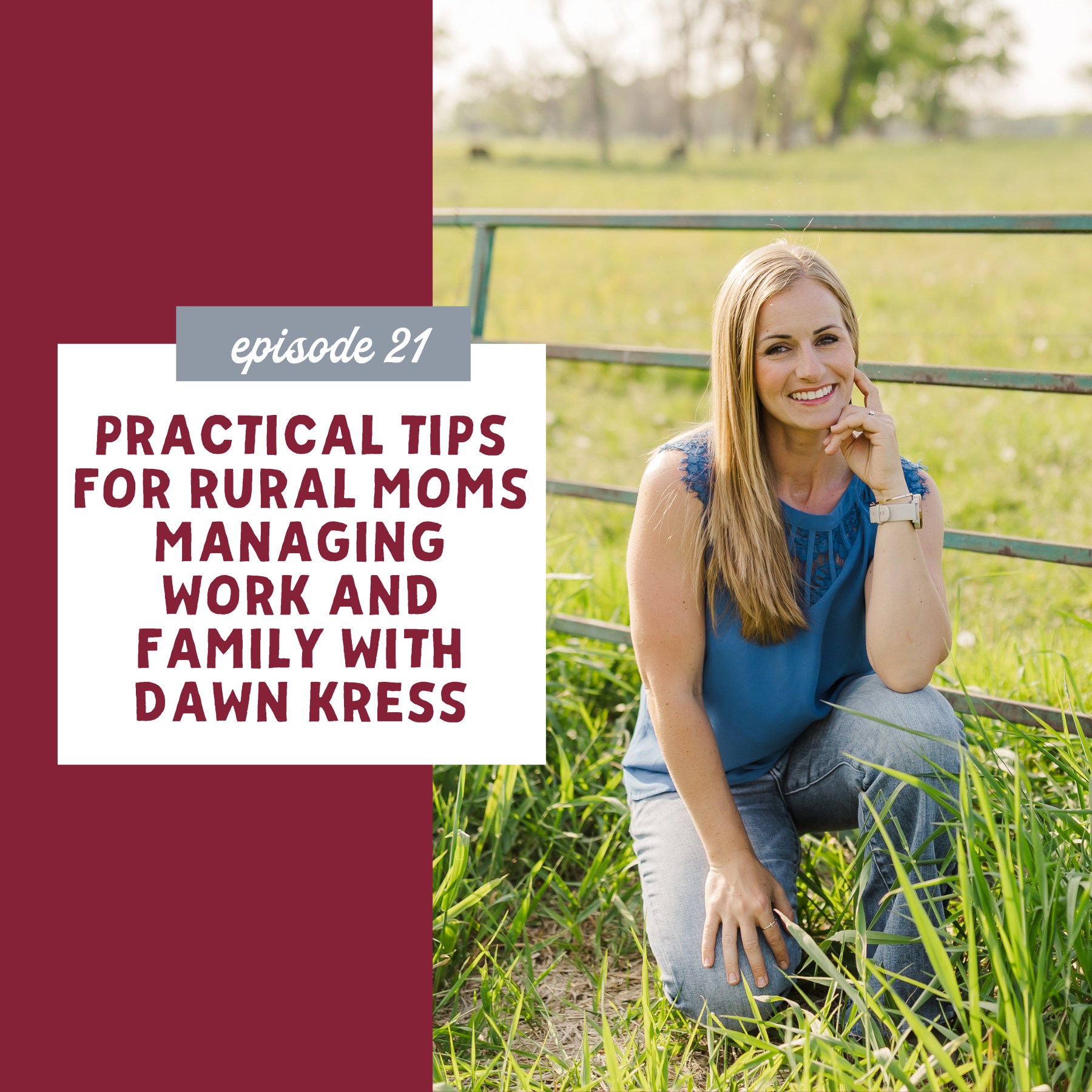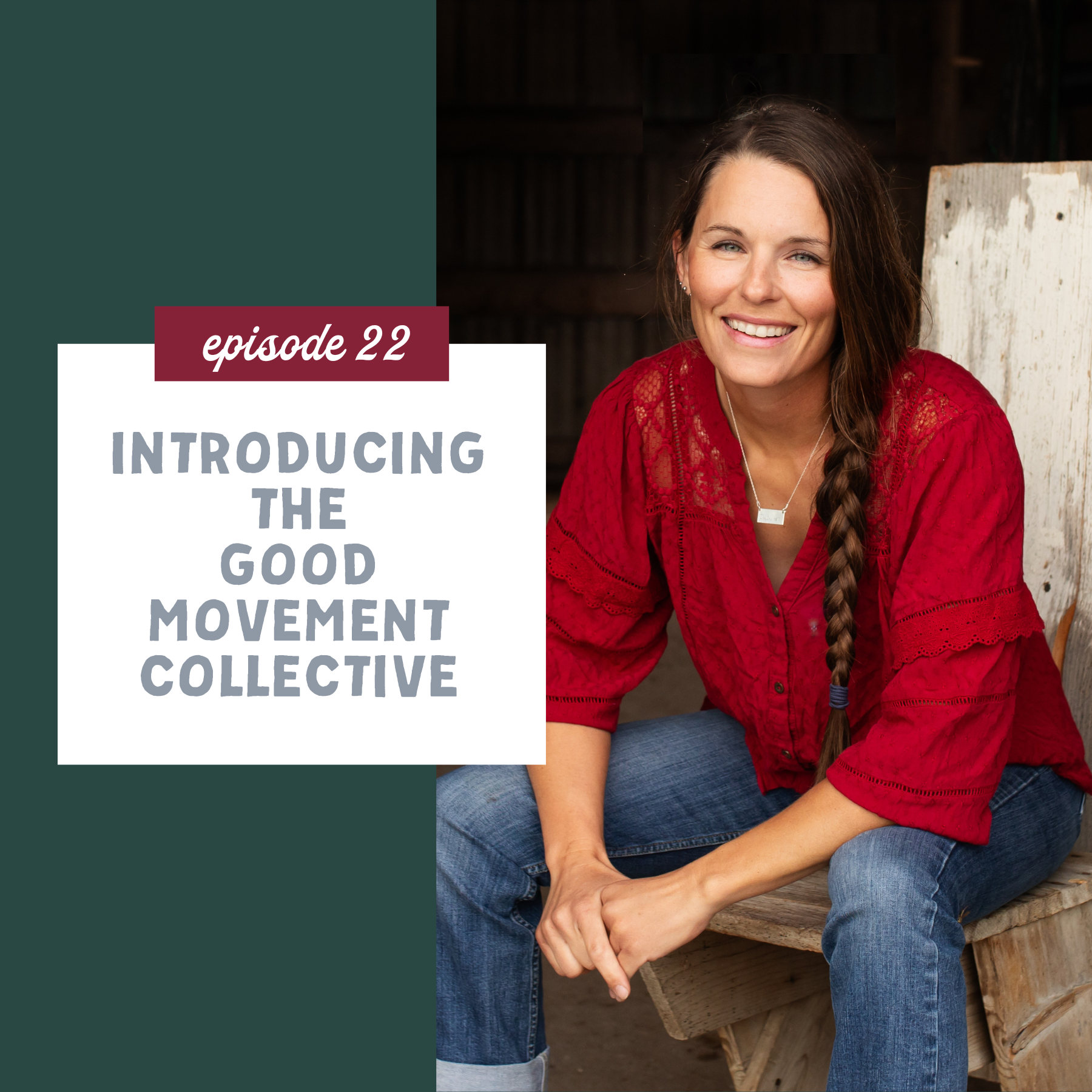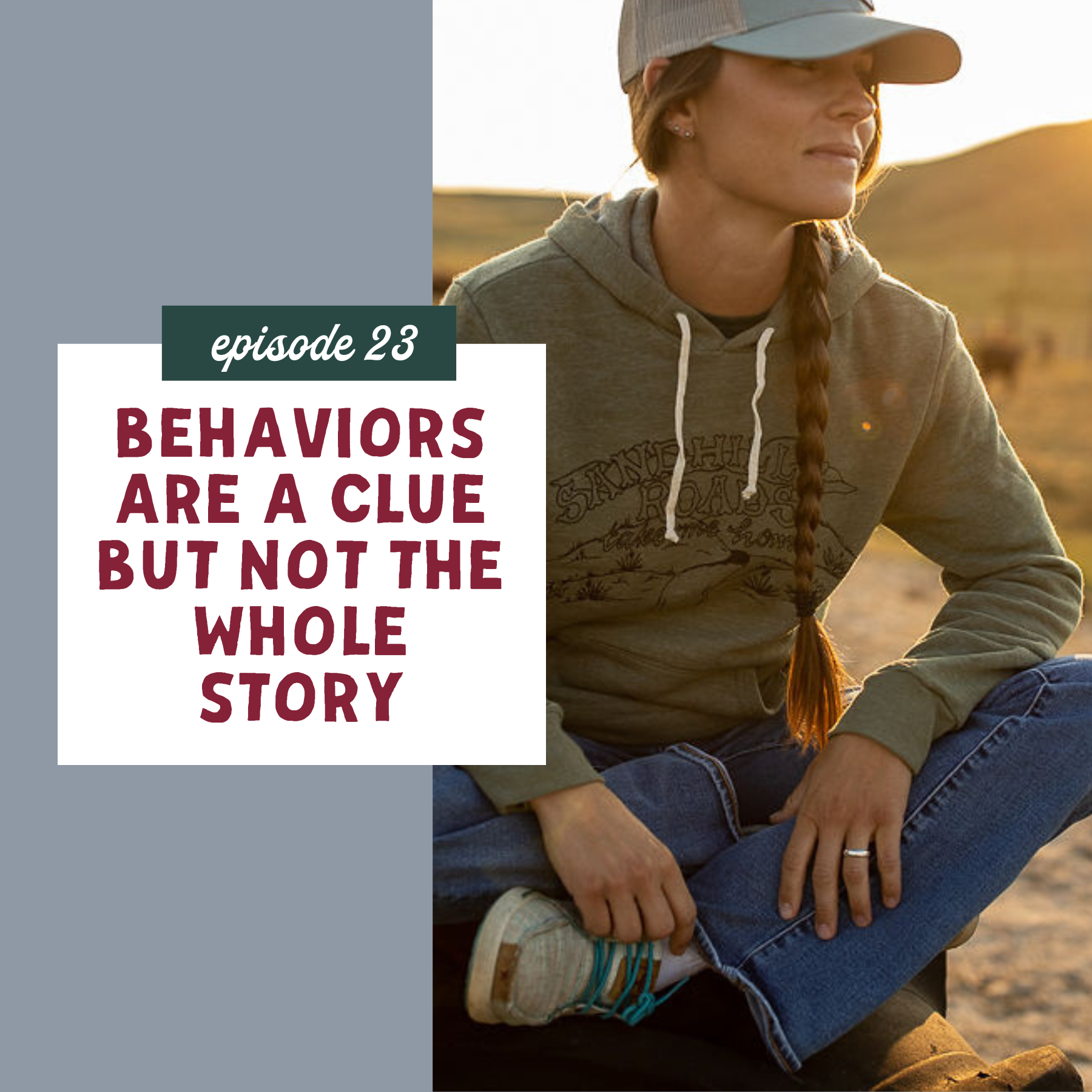Reflexes, Ropes, and Rewiring Your Response [episode 82]
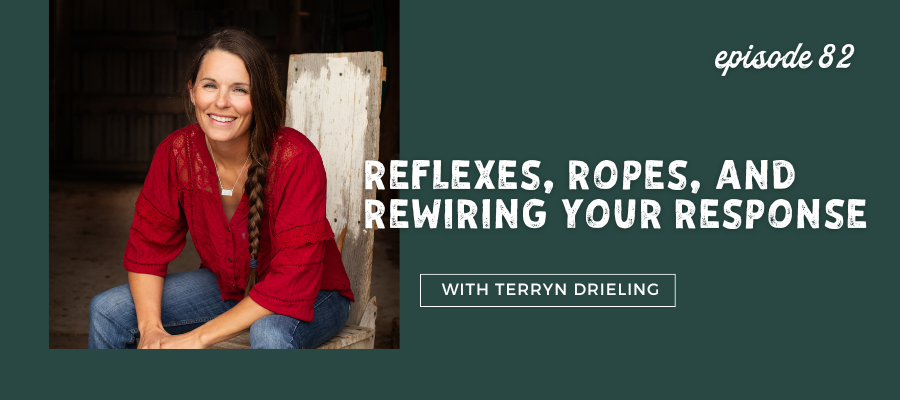
Listen to Reflexes, Ropes, and Rewiring Your Response on: Apple Podcasts | Spotify | your platform of choice
There’s a kind of muscle memory that lives in your body. It’s not just the kind that helps you swing a rope or ride a horse without thinking, but the kind that holds your reflexes, reactions, and the stories your nervous system has been practicing for YEARS.
In today’s episode, I’m talking about reflexes, ropes, and rewiring your response. I share a sweet story involving my son that goes along with this. With his rope in hand (you’ll rarely see him without one!), he instinctively pulled his slack after catching his little sister in a playful loop.
No, he didn’t mean to trip her (he and his sister both laughed when it happened), but this was just his body doing what it’s done hundreds of times before!
Honestly, this is a perfect picture of how YOUR own nervous system works. When you’ve been through hardship, trauma, or even the slow drip of stress, your body just learns how to survive.
When you repeat those survival patterns enough, they become second nature, just like roping.
But just because your body got really good at protecting you, doesn’t mean you have to stay stuck in those patterns. There’s space for grace, and a place that will allow you to work on rewiring your response.
I want to invite you to join The Draw, my brand new private podcast that is inner work on YOUR terms, so you can get through hard seasons without burning out or blowing up.
If you’ve been reacting in ways you don’t mean to, and you’re ready to build NEW patterns rooted in safety, trust, and connection, come on over – there’s a spot waiting for you!
In this episode, Reflexes, Ropes, and Rewiring Your Response, I cover:
- An exciting announcement that will allow you to go deeper into your inner work
- A lighthearted story about my son, his ever-present rope & the power of muscle memory
- Why your nervous system leans on old reflexes + how it’s really trying to keep you safe
- The healing that comes when you notice old patterns without shame and begin building new ones rooted in safety, trust & connection
Resources & Links:
- Download your free guide to Handling Hard Conversations!
- Join The Draw
- Join the Good Movement Collective
- Good Movement music by: Aaron Espe
- Podcast produced by: Jill Carr Podcasting
Connect with Terryn:
- Follow on Instagram @terryn.drieling
- Check out my website
- Send me an email at terryn@terryndrieling.com
Related Episodes:
- Episode 75: Healing Isn’t About Never Hurting Again
- Episode 69: Cleaning the Shop: Why Feeling Your Feelings Gets Worse Before It Gets Better
- Episode 42: What I Would Do Differently in Parenting if I Had It to Do Over Again
More about the Good Movement Draws Good Movement podcast:
In stockmanship (the art and science of handling cattle in a safe, effective, low-stress manner), we have this phrase . . . good movement draws good movement.
It’s this thing that happens when we ask a small group of cattle, maybe a cow, or a pair to move out in a certain direction and their movement draws the whole herd into moving in the same direction.
Good movement happens when we approach the cattle with a positive attitude, read and really listen to what they’re telling us, and communicate accordingly.
We don’t approach the aware, flighty cattle the same as we do the tame, docile cattle. We adjust ourselves, our energy, and approach, and communicate with each differently.
These adjustments help us effectively draw good movement from each, which then draws good movement from the herd. But it starts with us.
The same is true for humans. Good movement starts with us.
Welcome to Good Movement Draws Good Movement, the podcast where farmers, ranchers, and rural folks can grow relationally through awareness, understanding, and effective communication.
Hey, it’s me – T. I’m your host, and I, along with my guests, will be covering topics related to drawing good movement – things like self and social awareness, brain science, positive psychology, extending grace, and so much more.
We’ll share tools that can help you understand why you are the way you are, why others are the way they are, and how you can use that to step out of self-told lies with grace and compassion to draw good movement in conversations, relationships, and life in rural America.
Tune in every Tuesday and make sure to hit subscribe so you never miss an episode! Let’s go draw good movement!
